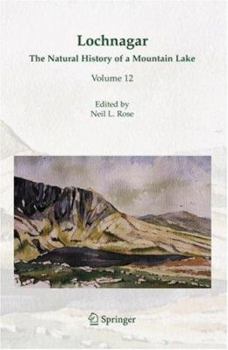Lochnagar
Previous volumes in this 'Developments in Paleoenvironmental Research' (DPER) series have focussed on providing in-depth descriptions of palaeoenvironmental techniques or have described the applications of these approaches on various regional bases. The former of these now provide an invaluable series of standard text books for scientists and students, while the latter show how the application of palaeo-techniques can be used across broad geographical scales. In this current volume, we have attempted something a little different. Not only are a variety of palaeo-techniques applied to a single, small lake, but we have tried to show how these methods, and the data derived from them, can be integrated synergistically with contemporary monitoring and predictive modelling. The acidification and metals research provide two good examples of this. Along with other upland lakes across the UK, the early research work at Lochnagar was based on assessing the competing hypotheses for the causes of surface water acidification. As a result, palaeolimnological techniques were used to assess the timing and extent of pH changes over hundreds of years. The subsequent establishment of the UK Acid Waters Monitoring Network (UK AWMN) then allowed a range of biological and chemical parameters to be assessed routinely in order to determine the rate at which the lakes and streams, including Lochnagar, were recovering following emissions reductions.
Format:Hardcover
Language:English
ISBN:140203900X
ISBN13:9781402039003
Release Date:March 2007
Publisher:Springer
Length:503 Pages
Weight:2.39 lbs.
Dimensions:1.0" x 6.6" x 9.5"
Customer Reviews
0 rating





